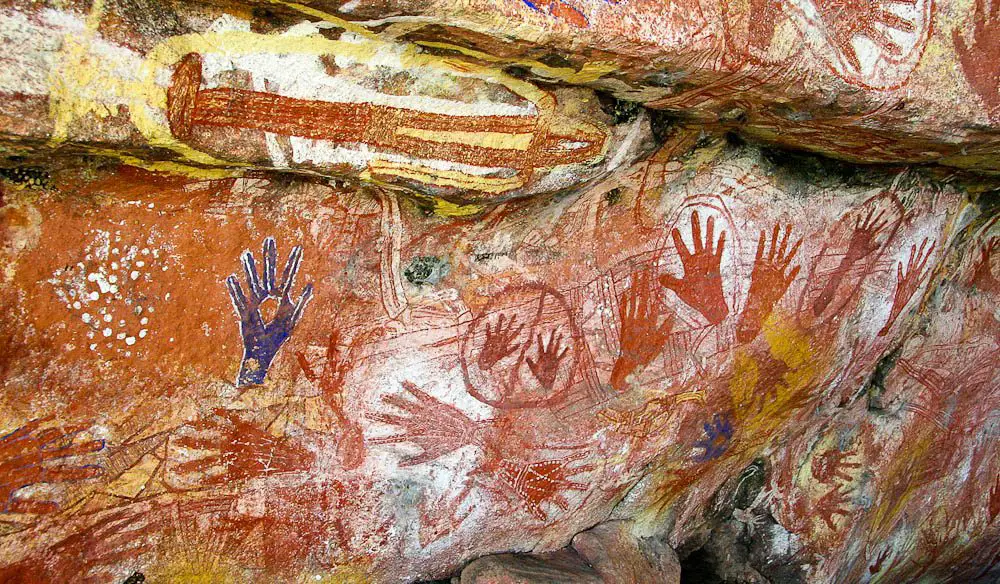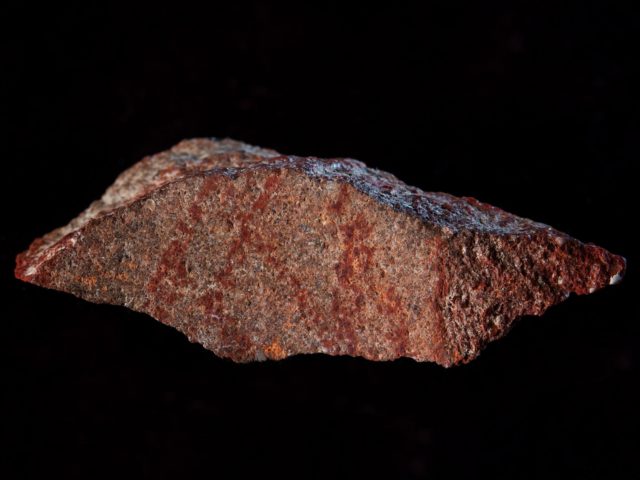Rock painting is a type of rock art made by prehistoric people on the walls or ceilings of caves, humans drew or painted the different animals they hunted, they also painted scenes of ritual or magical significance as the rites of fertility. The materials they used were charcoal or bone charcoal, as well as different types of colored earth, all of them agglutinated with water or animal fats.

It shows that humans from their origins on earth were capable of performing works of art on the walls of the caves they inhabited. Paints on pebbles, sculptures, decorated ceramics, and ornamental objects have also been found. These artistic manifestations are considered one of the oldest of which there is evidence since they are testimonies that go far back in time, as far as 40 thousand years or after the last glaciation.
The concept comes from the Latin language where rupe refers to stone. Any artistic creation made on a stone will be called rock art. In any case, it should be noted that although rock painting is a primitive artistic expression, as we have just pointed out, it can also be found and very present indeed in historical times after those mentioned and in almost all parts of the planet earth.
Thematic, colors, and techniques on protrusions. Animals and lines are symbolized in the paleolithic cave paintings. In the Neolithic, animals, human beings, the environment, and hands are represented, also representing the habitual behavior of the collectivities and their interaction with creatures, the environment, and their deities. The main figures present in these graphs we find images of bison, horses, mammoths, deer, reindeer, among others, although hand marks also occupy an important percentage. Wounded animals are often shown with arrows.
The motifs and materials with which the different cave paintings were elaborated are very similar, even if separated by thousands of kilometers and thousands of years in time. The colors were smeared directly with the fingers, although the paintings could also be spit on the rock or fine lines of paint were blown with a hollow cane.
Sometimes the pigments in powders rubbed directly on the wall and likewise, it could be done with some binder and applied with reeds or rudimentary brushes. Also rustic pencils, burnt branches and balls of mineral dye bonded with resin were used. Sometimes uneven wall grooves were used to give the sensation of artistic volume and realism. Often the silhouettes of animals were marked to generate incisions and thus produce a more realistic and notorious contour in the rock.
How is the age of cave paintings determined?

The age of the paintings, remains in many archaeological sites a great question, since the methods to determine it, such as carbon dating can easily lead to erroneous results due to the contamination of the material evaluated and also because the caverns and rocky surfaces have protuberances in which dirt residues from different periods are housed. To determine the date of its creation, more conventional techniques are used such as dating images for the subject presented.
Educational Approach.
The manifestations are a cultural element inherent to human beings, which were elaborated by all the social groups in the world, it gives new light that radiates our original culture symbolic languages with which our ancestors recorded their lives in rock, as if they were the pages of a book jealously guarded for being an accurate component of a common language of humanity.
These records allow us to observe the need of the individuals and groups in those remote times, communicating their actions, customs, beliefs. In these cultures, in addition to the outline of the linear lines or sets, a language is observed in which nuances such as sensuality in the handling of curves are observed, typical of an organic and animistic experience by those ancient artisans who were skilled observers of nature.
In Costa Rica.
Native rock painting is an important contribution to ancient Costa Rican culture which is offered by the Jade Museum that is located on the west side of the Plaza de la Democracia, San José. In its exhibition hall, there is in display works with the symbolic design exhibition on a rock.


